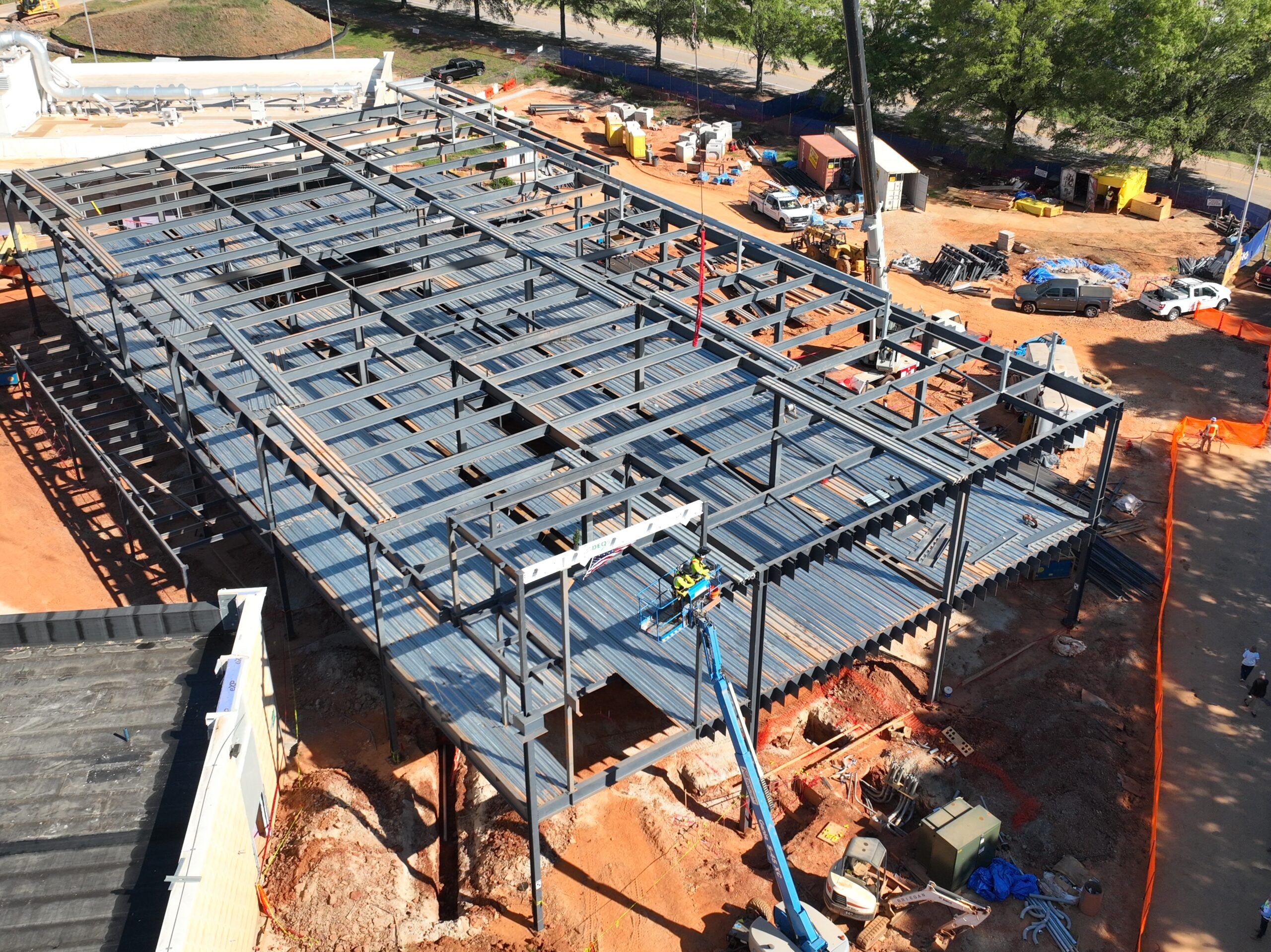Mobility is one of the most essential aspects of daily life, yet many people only truly understand its value after an injury or chronic condition makes movement difficult. From joint pain to post-surgical recovery, orthopedic clinics are crucial in helping patients return to their routines with less discomfort and improved function. These clinics offer treatment for various issues, including arthritis, fractures, tendon injuries, and spine conditions that limit movement and independence.
While pain management is often a part of the process, the ultimate goal is to restore stability, flexibility, and strength. Every step of the treatment journey is guided by assessments that focus on functional outcomes, not just symptom relief. With long-term mobility in mind, these clinics focus on restoring the body’s ability to support natural movement patterns. As a result, patients gain physical improvement and renewed confidence in their daily activities.
Stronger Movement, Healthier Living
- Understanding the Path to Functional Recovery
Recovering from an orthopedic condition involves more than addressing immediate symptoms—it requires identifying the underlying causes and designing a strategy that promotes long-term healing. Whether dealing with a sports injury, work-related strain, or age-related degeneration, the goal is to improve how the body moves and supports itself over time. Functional recovery considers posture, alignment, joint mechanics, and muscle balance to ensure that treatment leads to real-world results, such as walking without pain or climbing stairs without hesitation.
A leading ortho clinic in Duluth, Minnesota, often includes physical therapists, orthopedic surgeons, and diagnostic imaging all under one roof, allowing a comprehensive view of the patient’s condition. This collaborative approach means that recommendations for exercises, procedures, or therapy are based on how the body performs during everyday movements. Patients benefit from personalized plans that evolve with their progress, minimizing the risk of setbacks while building a strong foundation for lasting recovery.
- The Role of Patient Education in Mobility Gains
Many patients walk into an orthopedic clinic expecting quick fixes, only to discover that the key to success lies in their active participation. Education becomes essential to the healing process, helping individuals understand their condition, how it developed, and what can be done to manage or correct it. Orthopedic professionals take time to explain how specific movements or habits may contribute to ongoing pain or dysfunction.
Patients gain more control over their recovery by learning to move correctly and avoid further strain. This might include instruction on proper lifting mechanics, posture correction, or daily stretches tailored to their specific condition. The knowledge gained during visits empowers patients to make better choices at work, home, and exercise, often leading to faster improvements and fewer relapses. This shift from passive care to active involvement is a powerful component of regaining mobility and preserving it long after treatment.
- Tailored Therapies for Joint and Muscle Support
No two patients have the same physical challenges, so orthopedic care must be highly individualized. Personalized therapy plans are created based on a detailed understanding of a patient’s injury, physical limitations, and lifestyle needs. For someone recovering from a knee injury, this may involve strengthening exercises that stabilize the joint, improve range of motion, and reduce inflammation.
For someone with a chronic back condition, therapy might focus on core strength and flexibility to ease pressure on the spine. These treatment paths are often adjusted to reflect progress, setbacks, or new goals. Clinicians track results closely, using functional testing and patient feedback to ensure that each step is beneficial. Over time, these therapies allow patients to move with less restriction and greater confidence. Orthopedic clinics help patients recover and understand the mechanics of movement in a way that supports long-term independence and comfort.
- Preventing Future Injury Through Strength and Stability
Beyond recovery, orthopedic clinics aim to prevent future injuries by helping patients develop stronger, more balanced movement patterns. Many orthopedic issues stem from imbalances in how muscles support joints, often causing overuse in one area and underuse in another. As part of long-term treatment, patients learn how to improve their strength, posture, and flexibility in ways that reduce the risk of re-injury. This might include integrating low-impact strength training, stability exercises, or movement drills into daily routines.
Clinics also guide ergonomics and body mechanics for daily tasks such as walking, sitting, lifting, or working on a computer. Patients create healthier habits that support overall function and resilience by improving these foundational movements. These preventive strategies enhance quality of life and reduce the need for repeat visits or future procedures. Patients leave with a stronger understanding of their bodies and the tools needed to protect their mobility for years.
- Mobility as a Measure of Healing and Progress
Proper recovery isn’t measured only by the absence of pain—it’s defined by the return of freedom in movement and the confidence to live fully again. Whether walking without a limp, getting out of a chair without bracing, or returning to recreational activities, mobility is a tangible sign of progress. Orthopedic clinics understand this and make mobility their benchmark for success. Combining clinical care, personalized therapy, and patient education creates an environment where healing is not just possible but sustainable.
Patients gain the ability to participate more fully in their lives, from professional responsibilities to personal passions. They walk away not just feeling better, but moving better. And with movement comes confidence, strength, and the return of a more active, fulfilling lifestyle. The commitment to mobility at the heart of orthopedic care makes it one of the most impactful forms of recovery-focused healthcare today.











